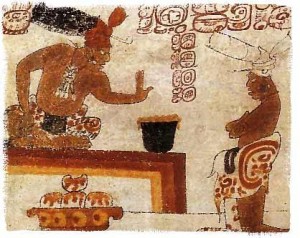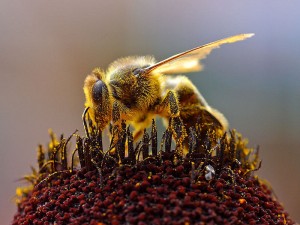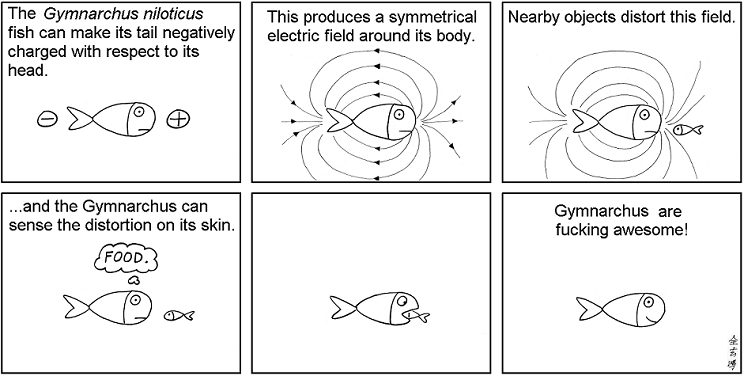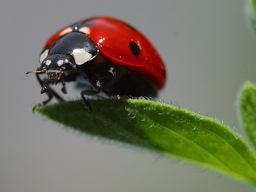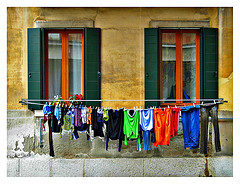
I looked up my parents’ house in London on Google Earth, and was excited to see not just the lush greenery of their garden, but smack in the middle of it, their rotary clothes line. This may not seem so thrilling to the average reader, but outdoor clothes lines are cool these days, and my parents have had one forever. In rainy Olde Englande, that’s quite a feat. It’s also the environmentally friendly thing to do: stuffing the clothes in a dryer generates a walloping 4.4 pounds of carbon dioxide. Line-dried clothes smell garden-fresh and don’t shrink, either, although they may form an occasional target for birds. Alas, some 60 million people in the U.S. live in private communities that forbid line-drying, since many view fluttering underwear as an eyesore that lowers property values.
The times are changing, however: as of 2009, the states of Florida, Colorado, Utah, Hawaii, Maine and Vermont have passed laws forbidding clothes line bans. So I was pleased to read of the Care to Air Design Challenge, aka build a better clothes line. Or, as sponsor Levi Strauss & Co calls it, the search for “the world’s most innovative, covetable, and sustainable air-drying solution for clothing.”
